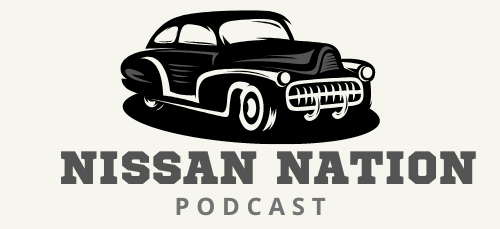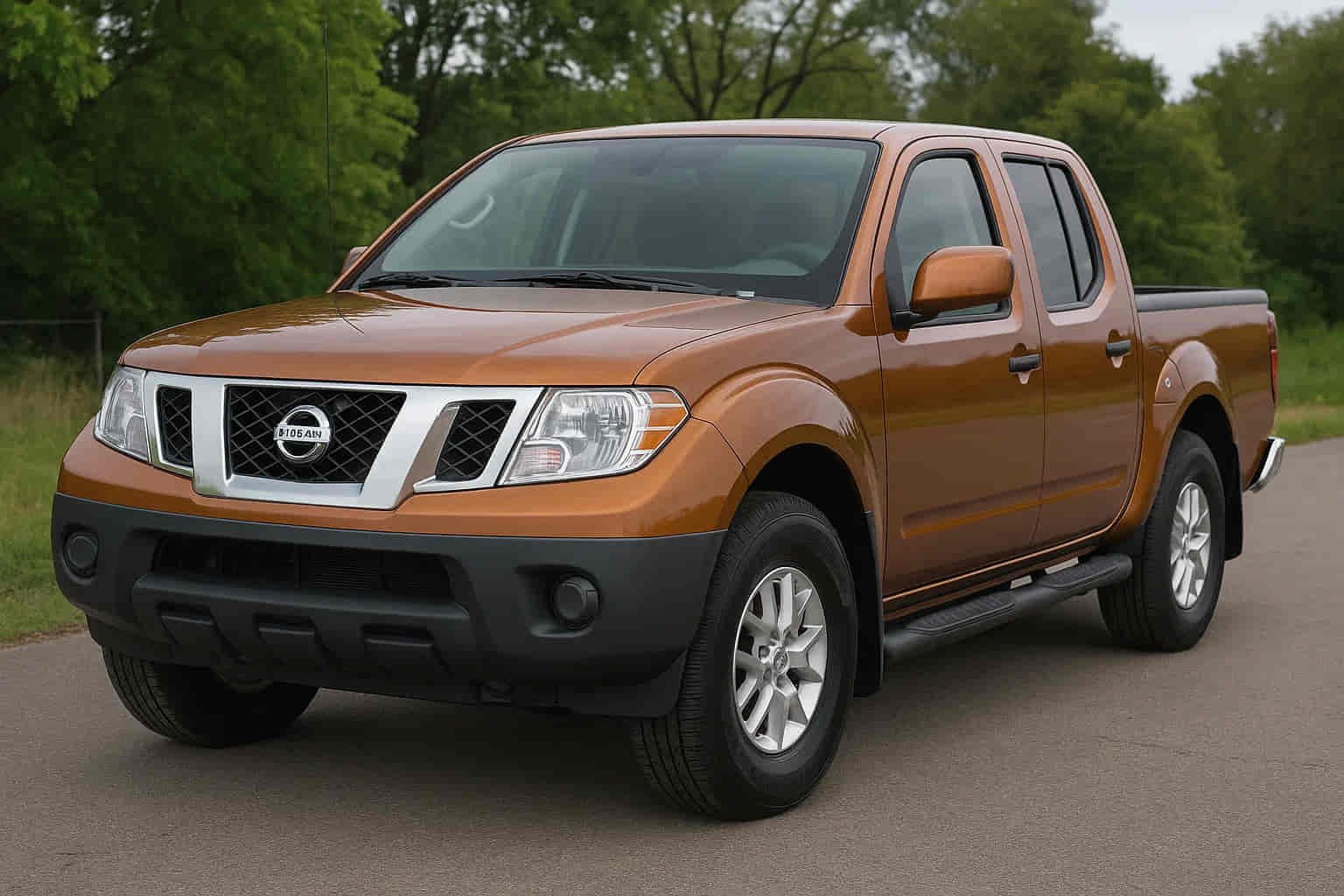When it comes to midsize trucks, reliability is often the deciding factor that separates a good purchase from a long-term headache. For many buyers in 2025, the question is simple yet critical: Are Nissan Frontiers reliable enough to compete with Toyota Tacoma or Ford Ranger, and are they worth the ownership costs? The Nissan Frontier has built a reputation over the years as a tough, no-nonsense pickup, but owners have also shared stories of unexpected repairs, aging technology, and maintenance bills that raise doubts.
As used truck prices remain high and new models promise updated features, understanding the Frontier’s true reliability has never been more important. A truck is not just a purchase—it is an investment in daily dependability, resale value, and peace of mind on the road. This buyer’s guide explores how the 2025 Nissan Frontier performs in terms of long-term durability, common problems you should be aware of, the real cost of keeping it on the road, and how it compares with rivals in the same class. Whether you are considering a brand-new Frontier or a used one with high mileage, knowing its strengths and weaknesses will help you make a smarter decision.
Reliability Overview of Nissan Frontiers in 2025
In 2025, the Nissan Frontier continues to position itself as a rugged midsize truck built for everyday practicality. From the outside, it delivers exactly what many truck buyers expect: a body-on-frame design, solid towing capability, and an engine lineup that has proven capable of lasting beyond 200,000 miles with proper care. Reliability has been one of the strongest selling points for the Frontier, particularly among owners who use their trucks for work, commuting, and light off-road adventures.
However, reliability is more than just how long a vehicle runs. For buyers, it also means how often the truck ends up in the repair shop and how much those visits cost. The 2025 Frontier has received improved ratings from J.D. Power and Consumer Reports compared to earlier generations, largely thanks to refinements in transmission performance and updates in safety technology. Owners highlight fewer issues with electronics compared to older models, although concerns about fuel economy and ride comfort still appear in feedback.
When compared with competitors, the Frontier falls into an interesting position. It is not as technologically advanced as the Toyota Tacoma, nor does it offer the polished driving experience of the Ford Ranger. Yet, it balances these trade-offs with straightforward engineering that reduces complexity—and often, fewer things that can go wrong. For truck buyers seeking a dependable daily driver without luxury-level maintenance costs, the 2025 Nissan Frontier presents itself as a solid middle ground in the midsize truck market.
Common Problems with Nissan Frontiers
While the Nissan Frontier has earned a reputation for durability, no truck is free from recurring issues. For many long-term owners, the most commonly reported frustrations revolve around the transmission. Older models in particular suffered from automatic transmission failures, and even though the 2025 version shows significant improvements, concerns linger among buyers considering a used Frontier. Transmission repairs are not only inconvenient but also among the most expensive maintenance events, which can quickly turn an affordable truck into a costly gamble.
Electrical systems have also been a weak spot in past generations. Owners often describe intermittent sensor failures, faulty wiring in the dashboard, or malfunctioning airbag lights. These problems may not always leave the truck undrivable, but they erode confidence in daily reliability and can be difficult to diagnose, leading to higher labor costs. Rust is another issue that appears in forums and owner reviews, especially for Frontiers exposed to harsh winters and salted roads. A rusted frame or underbody can reduce resale value dramatically and add hidden repair expenses.
Even with these challenges, it is important to note that not every Frontier will suffer from them, especially newer models built with upgraded components. Still, potential buyers—particularly those shopping in the used market—should be aware of these pain points before making a decision. Understanding the likelihood of transmission wear, electrical glitches, or corrosion problems helps set realistic expectations and prevents unpleasant surprises down the road.
Maintenance Costs & Ownership Value
Owning a truck is never just about the sticker price—it is about the long-term costs that follow. The Nissan Frontier has often been considered one of the more affordable midsize pickups to maintain, with average yearly maintenance expenses coming in lower than competitors like the Toyota Tacoma or Ford Ranger. Routine services such as oil changes, brake replacements, and tire rotations are generally straightforward and less costly due to the Frontier’s simpler engineering. This is part of the appeal for buyers who prioritize practicality over high-end technology.
That said, ownership value is not defined solely by routine maintenance. Unexpected repairs, such as transmission rebuilds or frame rust treatment, can drive expenses much higher than anticipated. While these issues are less common in the latest 2025 model, they remain a risk in older Frontiers on the used market. Prospective buyers should factor in the possibility of higher repair bills when evaluating total cost of ownership.
Resale value is another key component of reliability. The Frontier historically trails behind the Tacoma in terms of long-term value retention, largely because Toyota has built stronger brand equity around durability. However, compared to the Ranger, the Frontier holds its ground, especially in regions where its reputation as a rugged workhorse is stronger. For buyers seeking a truck that balances initial affordability with manageable upkeep, the Frontier delivers respectable value, provided expectations are aligned with its strengths and weaknesses.
Nissan Frontier Lifespan & Mileage Expectations
One of the strongest arguments in favor of the Nissan Frontier has always been its ability to endure high mileage with proper care. Many owners report that their trucks easily surpass 200,000 miles, with some pushing beyond 300,000 miles before requiring major overhauls. This level of longevity is not accidental—it comes from a relatively simple, proven powertrain and body-on-frame construction that prioritizes durability over cutting-edge innovation.
Still, mileage expectations depend heavily on the specific model year. Certain generations, particularly those built in the mid-2000s, gained a reputation for lasting well into the high-mileage range with minimal issues. Others, especially early 2010s models affected by transmission problems, often required costly repairs that cut their lifespan short if left unaddressed. The 2025 Frontier has been designed to restore buyer confidence by addressing these weaknesses, but real-world data is still building as owners put more miles on the newest trucks.
Maintenance discipline also plays a critical role in how long a Frontier lasts. Trucks that receive regular fluid changes, timely brake replacements, and frame rust protection will naturally deliver longer service lives than neglected vehicles. For buyers in regions with harsh winters or heavy towing needs, extra care can mean the difference between a Frontier that retires at 150,000 miles and one that soldiers on for decades.
In short, the Frontier is capable of impressive mileage longevity, but prospective owners should pay close attention to model year reliability records and maintenance history before making a commitment.
Reliability Comparisons with Rivals
No discussion about the Nissan Frontier’s reliability is complete without comparing it to its two biggest rivals: the Toyota Tacoma and the Ford Ranger. The Tacoma has long been regarded as the gold standard of midsize truck dependability. Owners often highlight its ability to retain value over a decade of use, with fewer catastrophic failures and a reputation for reaching 300,000 miles or more. Against this backdrop, the Frontier sits just a step below, offering solid durability but not quite matching Toyota’s consistency in long-term reliability or resale strength.
The story changes when the Frontier is measured against the Ford Ranger. While the Ranger boasts a more refined driving experience and better fuel efficiency, its reliability track record has been less consistent, particularly with newer turbocharged engines that introduce more complexity. Here, the Frontier’s simpler engineering becomes an advantage. With fewer high-tech components to fail, it often proves to be less troublesome for owners who prioritize straightforward dependability over cutting-edge performance.
For buyers comparing all three trucks, the choice often comes down to priorities. The Tacoma is the safest bet for resale and proven longevity, but it comes with a higher purchase price and potentially steeper repair bills. The Ranger appeals to those who want modern features but carries a higher risk of reliability concerns. The Frontier, sitting in the middle, offers a balanced mix: affordable to buy, generally less expensive to maintain, and dependable enough for everyday work and family use—without overpromising perfection.
Conclusion
So, are Nissan Frontiers reliable in 2025? The answer depends on what you value most in a midsize truck. The Frontier has proven itself to be a capable, durable option that can handle years of daily use when properly maintained. Its simpler engineering helps keep routine maintenance costs down, and many owners appreciate that it avoids some of the overcomplicated systems that often create expensive headaches in modern trucks. At the same time, buyers should remain mindful of lingering concerns—transmission issues in older models, rust in certain climates, and resale value that trails behind the Toyota Tacoma.
Compared to its rivals, the 2025 Frontier sits comfortably in the middle ground. It may not achieve the legendary reliability of the Tacoma, nor does it offer the polished driving feel of the Ranger, but it provides a balance that appeals to practical truck owners. For anyone seeking a dependable pickup without luxury-level costs, the Frontier represents a smart and realistic choice.
Ultimately, the best way to judge reliability is through both data and personal stories. If you have owned a Nissan Frontier, how did it perform for you? Did it live up to your expectations, or did it challenge them? Share your experiences—your insights could help the next buyer make a more informed decision.

